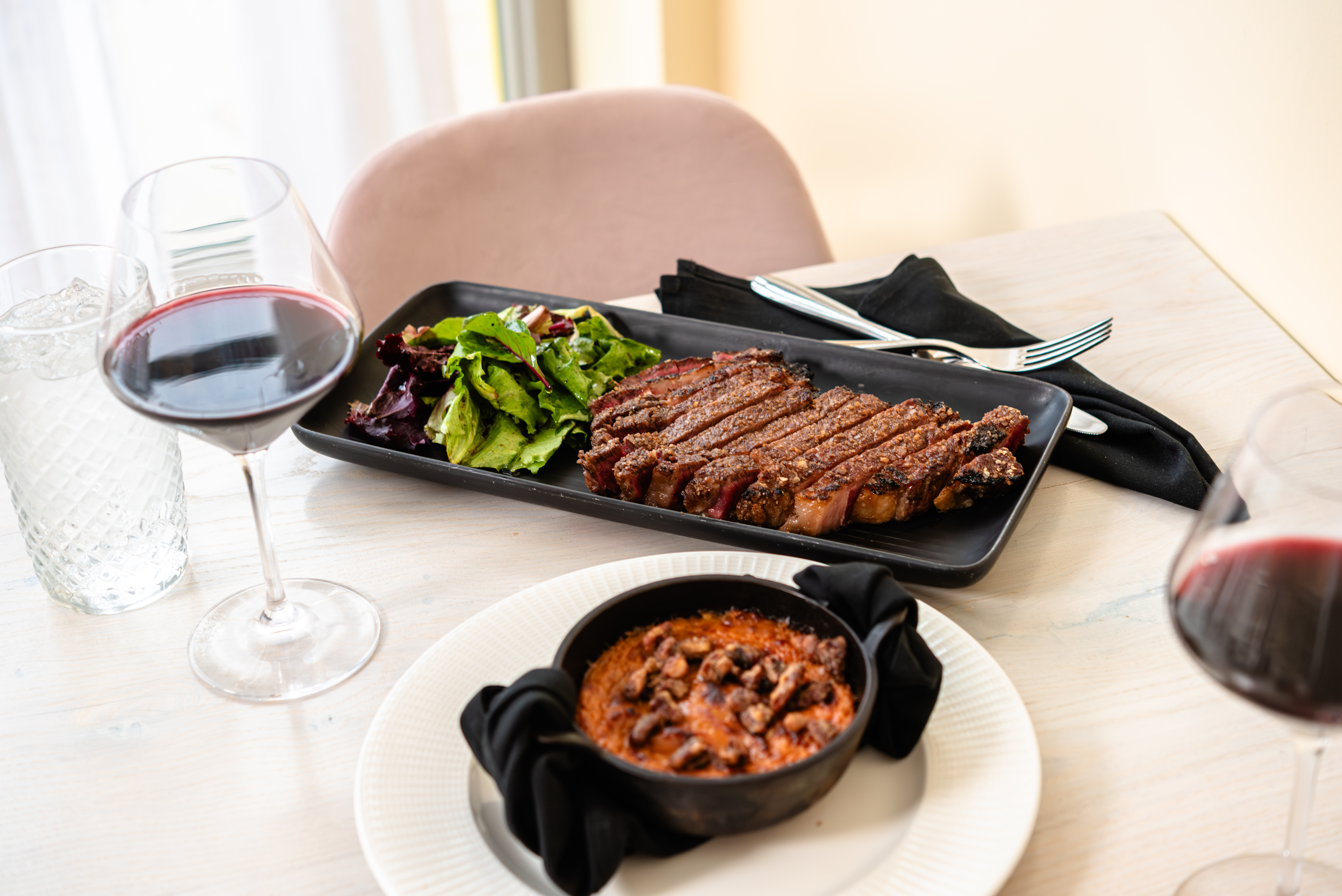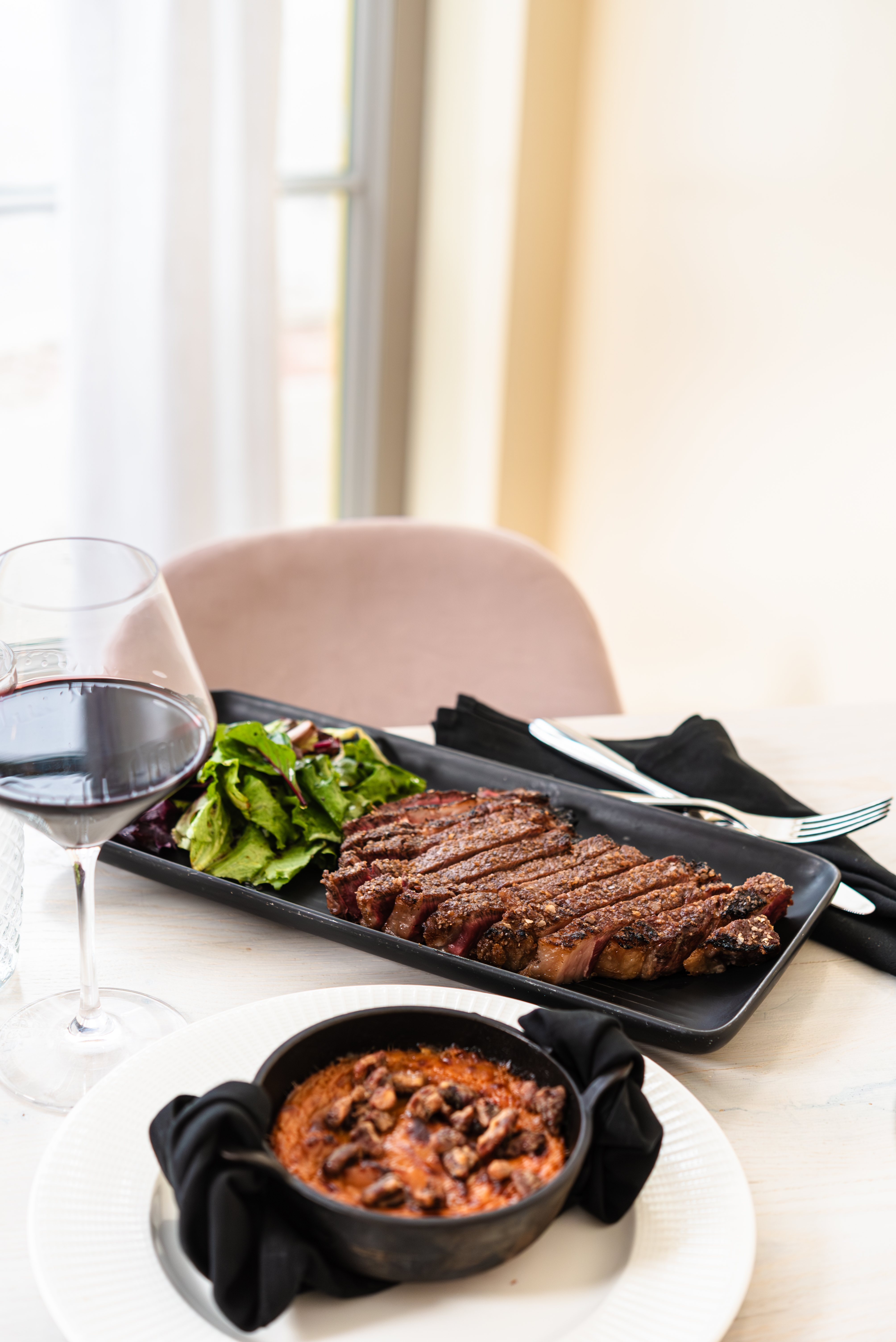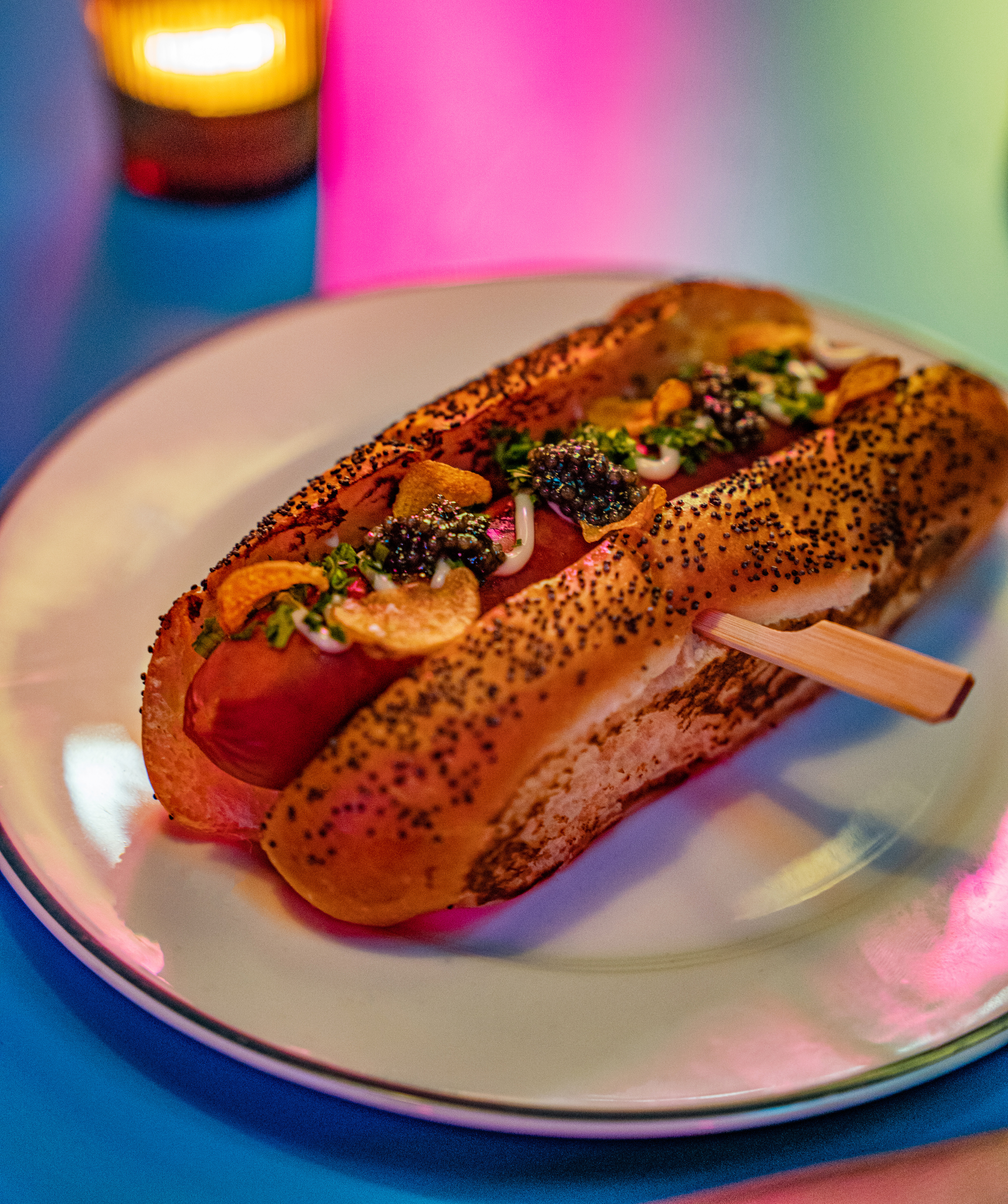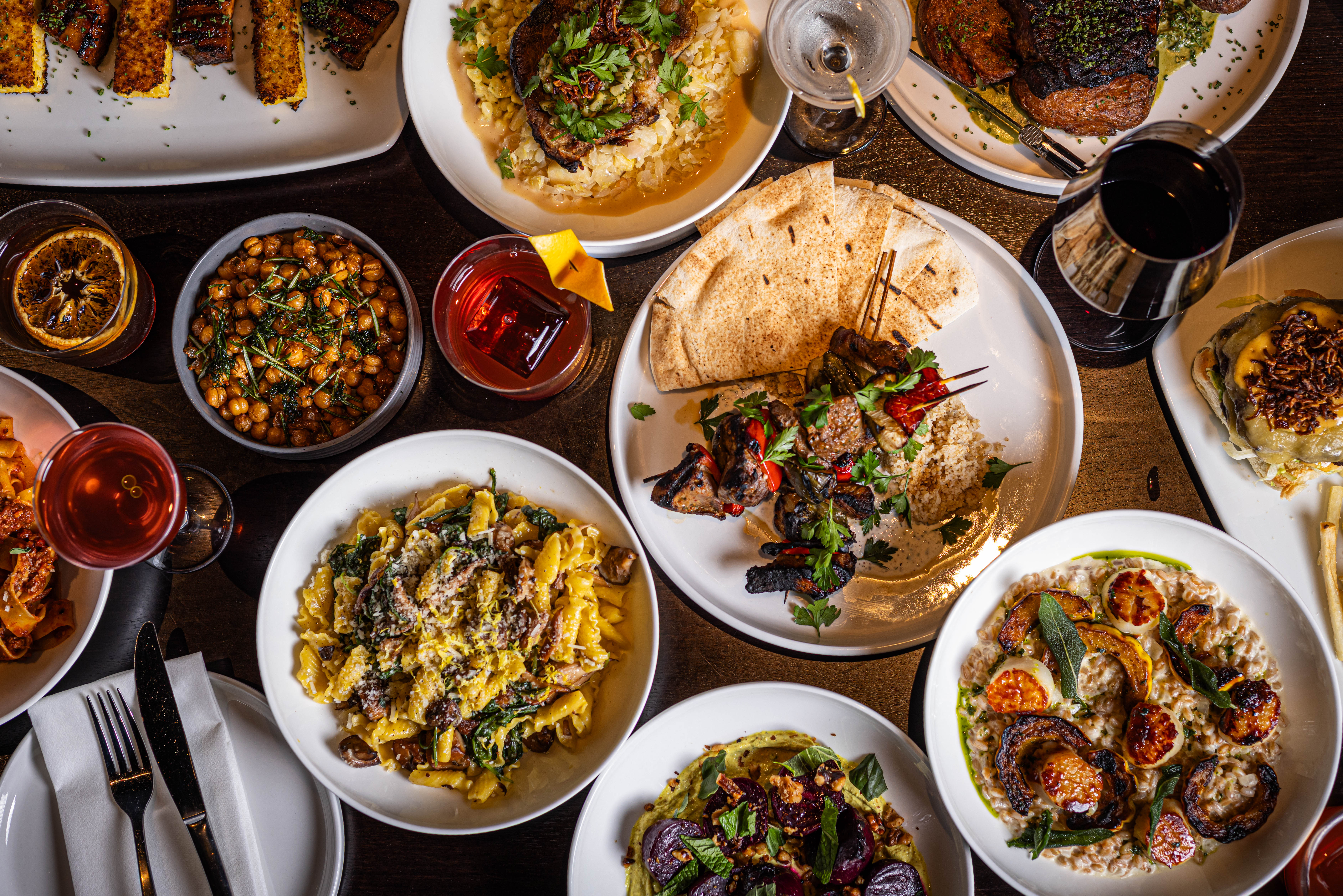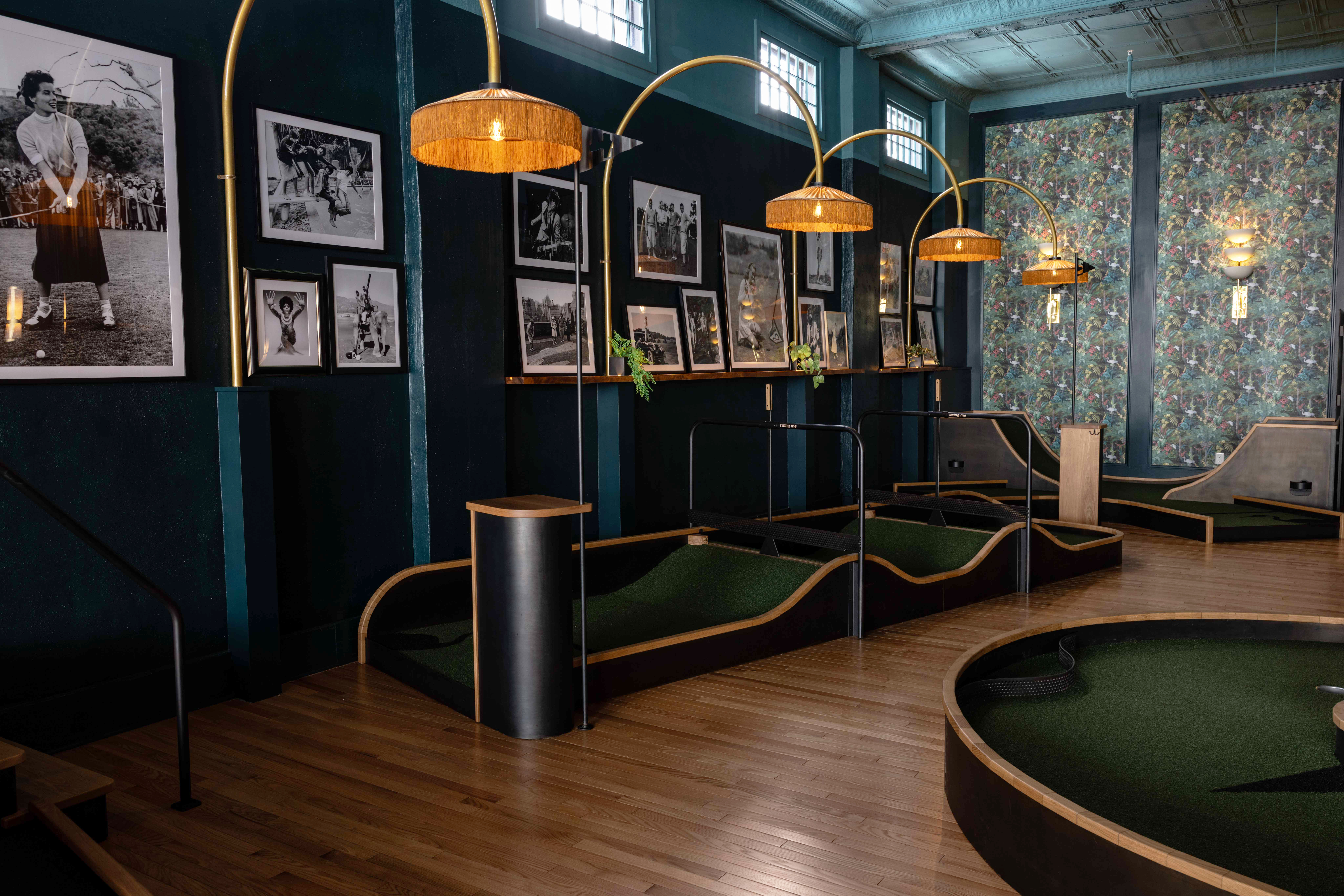Why Bacteria, Mold and Yeast Are Some of Jeremy Umansky's Favorite Things
by Caitlin Behrens | Apr. 25, 2017 | 3:00 PM
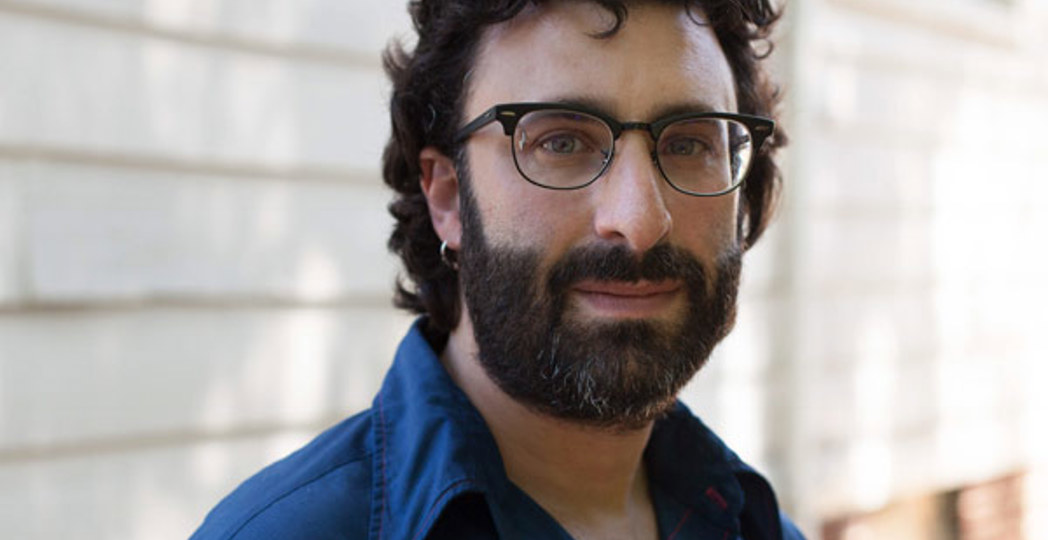
Kevin White
Clevelanders first became enamored with Jeremy Umansky when he worked as the larder master and wild food forager at Jonathon Sawyer’s Trentina. With a knack for exploring, he set out on his own to start Larder, an Eastern European delicatessen and bakery that focuses on ancient techniques and recipes. While he’s still hunting for a brick-and-mortar shop, Umansky hosts monthly pop-up dinners at spots such as BottleHouse Brewing Co. and Katz Club Diner. He chats with us about his love of mold, unusual techniques and more.
Q: What makes Larder different from other local delis?
A: The investigation that we do within different modes of cuisine goes fairly deep. We’ve been able to gain access to a lot of forgotten food traditions. We’re pretty distant about where our food comes from as a culture, so when we can put the head of a rooster on a plate and get people to enjoy it, it’s a huge win. It starts a conversation about what food is, where it comes from and why aren’t we using this.
Q: What are your favorite ingredients to work with?
A: I love working with bacteria, mold and yeast. We hear the word “mold,” and we grab that spray bottle of bleach and scrub the shower or we pitch the leftovers. What we have to keep in mind is that many, many, many of the foods we love and hold dearly to our hearts are produced with molds and microbes. We can literally synthesize flavor profiles, aroma and essences within our food that have been there but haven’t been presented through traditional means of producing those foods.
Q: What kind of techniques are you using?
A: We make use of both modern and archaic food technologies at the same time. Our charcuterie uses Japanese mold as a curing agent. We embrace pressure-cooking, sous vide, vacuum technology. On the same token, we embrace techniques like confit and ash-roasting, things that literally we can’t even trace back to where they developed or who developed them.
Trending
-
1
-
2
-
3
-
4
-
5





